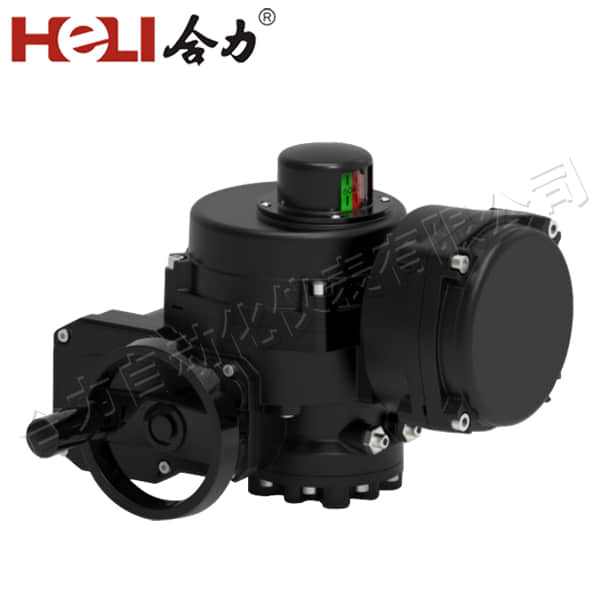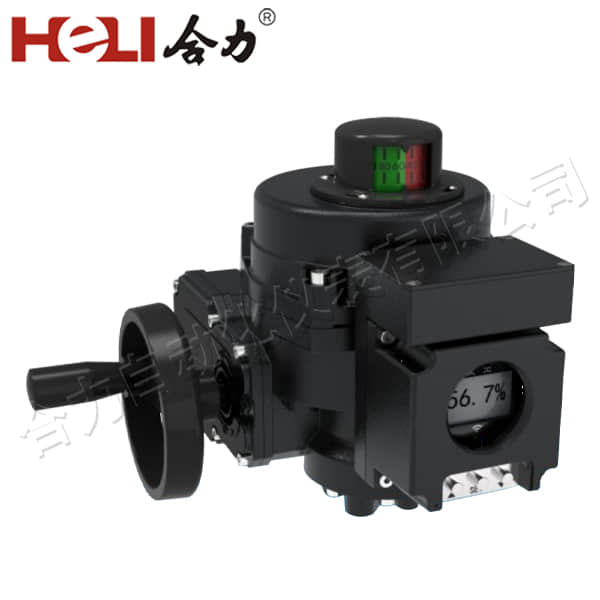understanding electric actuators: the future of automation
Release time:2024-10-14 09:55:53

Electric actuators have emerged as a pivotal technology in the realm of automation, transforming how industries operate by providing precise control and efficiency. Unlike their pneumatic or hydraulic counterparts, electric actuators convert electrical energy into mechanical motion, offering a range of advantages that make them suitable for various applications, from robotics to manufacturing processes. This article delves into the working principles, advantages, applications, and future trends of electric actuators.

Working Principles

Electric actuators operate by converting electrical energy into mechanical energy through the use of motors. These actuators are typically comprised of three main components: the motor, the transmission, and the output mechanism. The motor generates motion by converting electrical energy into rotational or linear movement. This movement is then transmitted through gears or belts, amplifying the force and allowing for precise control of the output mechanism.



